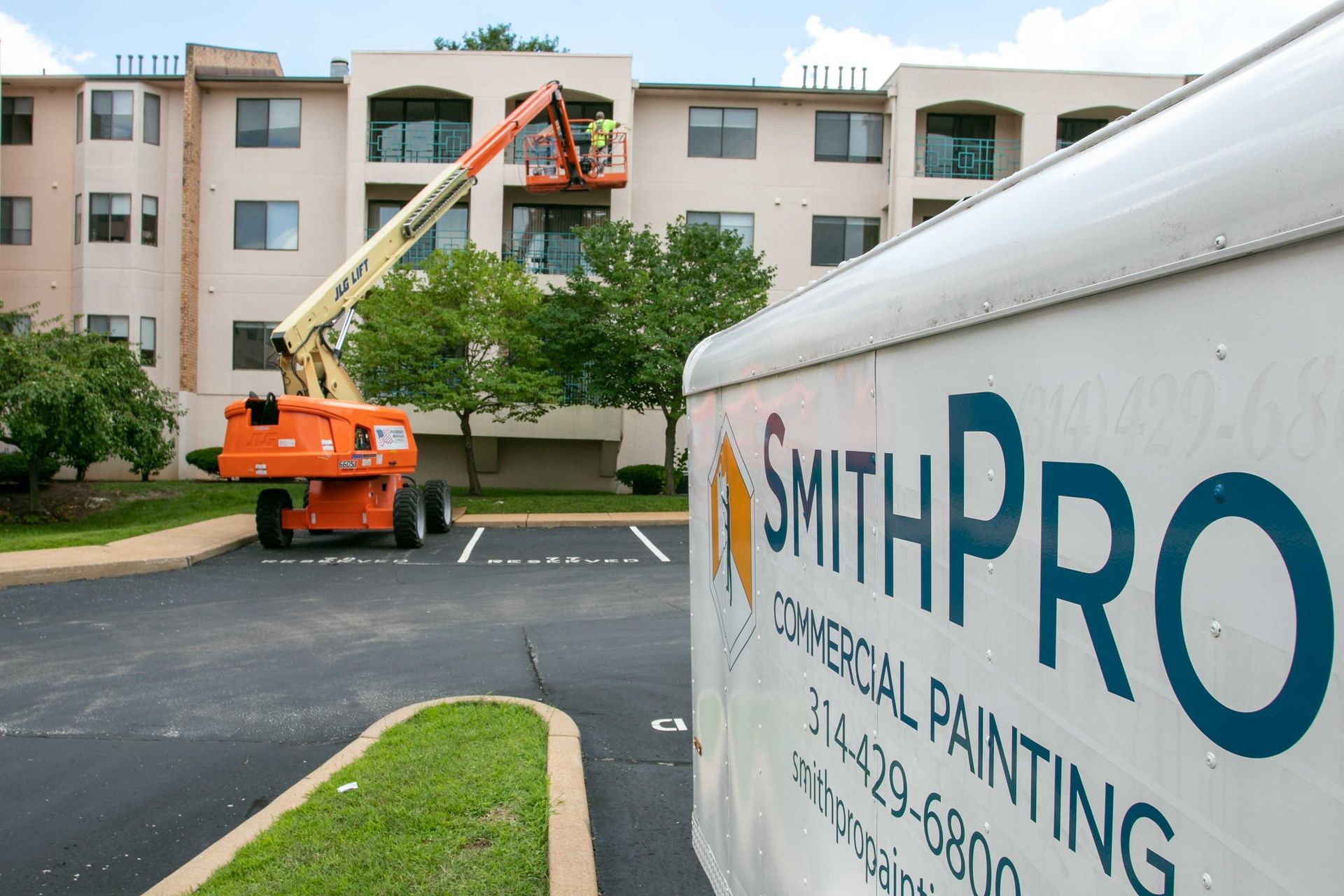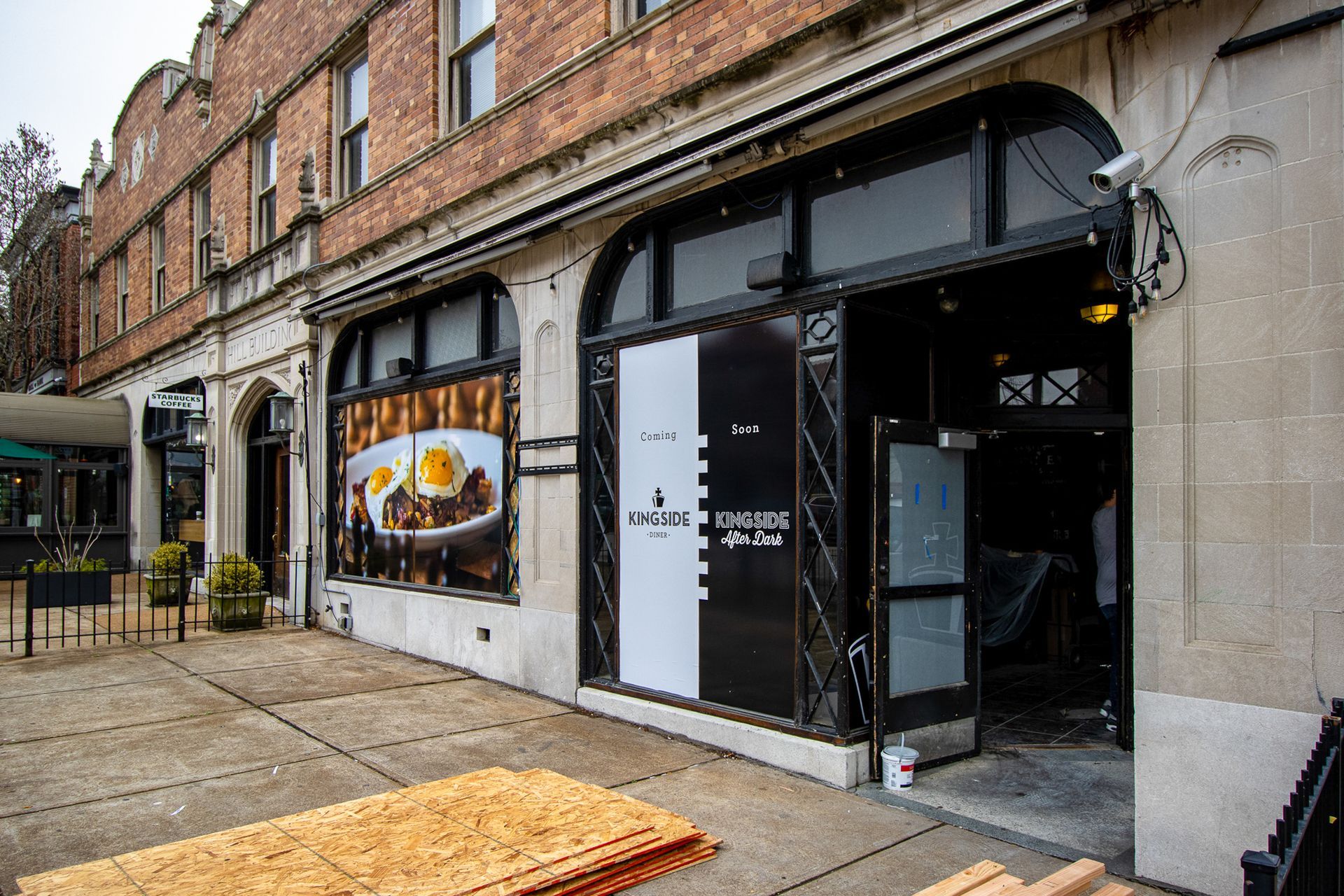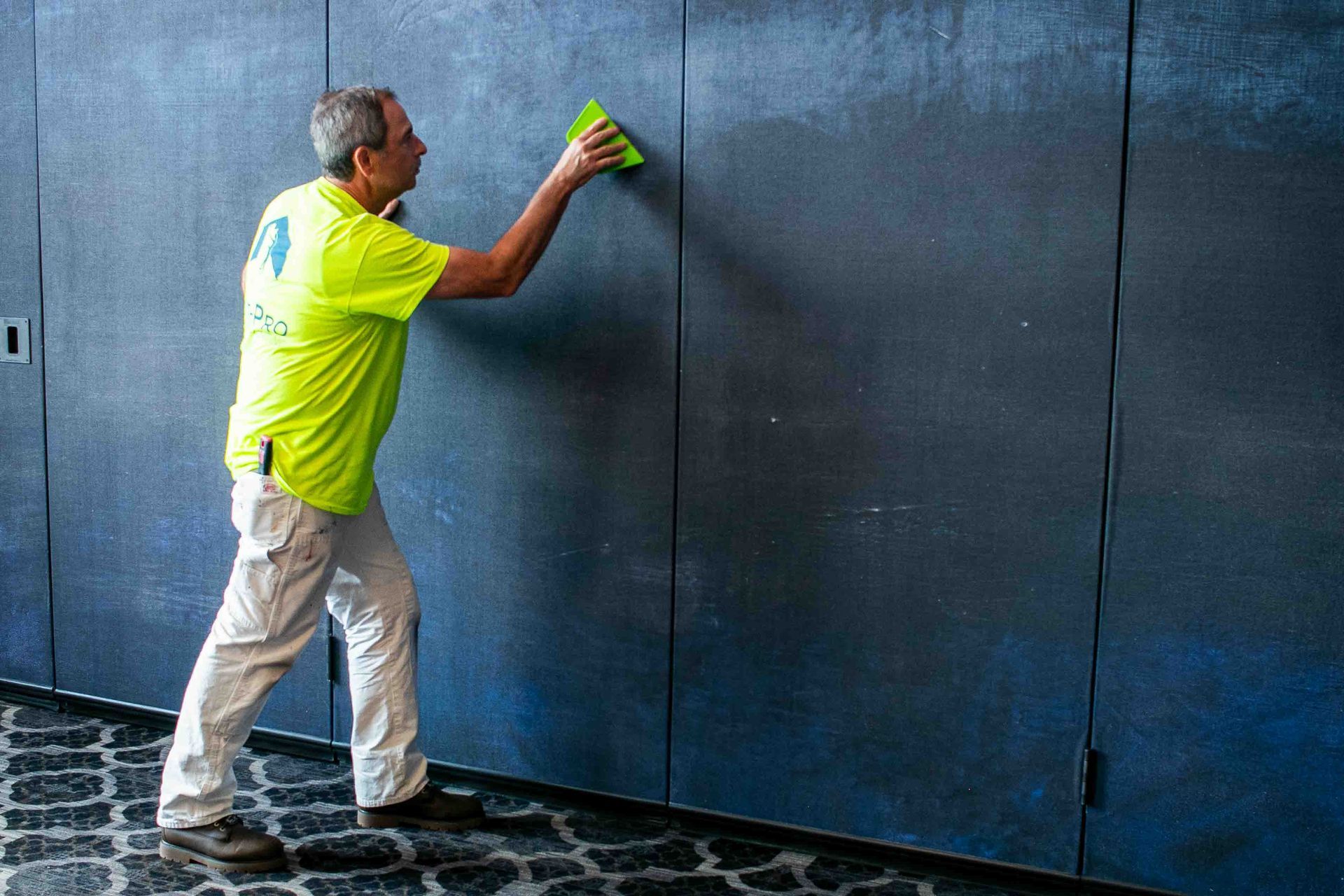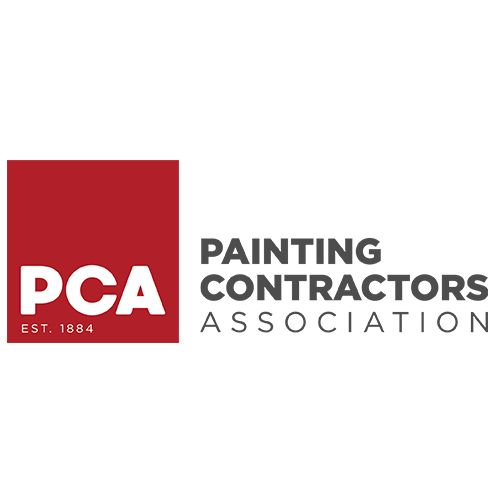Exterior commercial painting projects can significantly enhance a building's appearance, boost its value, and even extend the structure's life. However, one crucial factor to take into account is weather.
Weather conditions can significantly impact exterior paint jobs' timing, quality, and durability. Rain, extreme heat, humidity, and cold temperatures all affect when and how a commercial painting project is executed.
Explore how weather affects exterior commercial painting and tips on planning your projects for successful results.
Rain
Rain is the most obvious factor that can halt or delay a painting project. Moisture in the air or on surfaces interferes with the paint's ability to adhere properly, inevitably leading to several issues.
Challenges
Poor Adhesion
Paint needs a dry surface to adhere to. Even if the surface appears dry to the eye, moisture may still be trapped within when rainwater is present - this can cause the paint to bubble, blister, or peel after drying, leading to a subpar finish.
Prolonged Drying Time
Rain can also extend the time for the paint to dry. The moisture in the air prevents the paint from curing correctly, which could lead to smudging or inconsistent coverage.
Scheduling Concerns
Painters must carefully monitor the weather forecast before starting an exterior painting project. Even if the rain is brief, it can throw off an entire day's work and delay completion - this is particularly challenging when dealing with projects on large commercial properties that must commence and conclude within a specific timeframe.
Solutions
Wait for a Clear Weather Window
It's crucial to ensure that the forecast shows no rain for at least 24 hours before and after painting - this allows the surface to dry and gives the paint enough time to cure.
Inspect the Surface
After a rain shower, crews must thoroughly check surfaces for any lingering moisture before resuming the painting project.
Extreme Heat
At the other end of the spectrum, extreme heat can also make exterior painting projects difficult. High temperatures cause paint to dry too quickly, leading to several problems.
Challenges
Blistering and Cracking
When paint dries too fast, the surface layer can form a skin before the underlying layers fully adhere to the surface. When this happens, the paint will begin to crack or form blisters, reducing the paint job's longevity.
Uneven Finish
Heat can cause paint to dry inconsistently, resulting in an uneven finish. Some areas may dry before others, leading to visible brush strokes or roller marks.
Shortened Working Hours
In sweltering conditions, Project Managers may need to shorten the workday to avoid peak midday heat. These start-and-stop days delay the completion of large commercial painting projects, especially during the summer months when temperatures are highest.
Solutions
Time Your Work
Painters can avoid the peak heat by starting early in the morning or working later in the evening when temperatures are cooler, helping to minimize the issues caused by rapid drying and ensure a smoother finish.
Use the Right Paint
Paints designed for high-heat environments can help mitigate some of the issues caused by extreme heat. These paints are formulated to withstand higher temperatures and resist cracking or blistering.
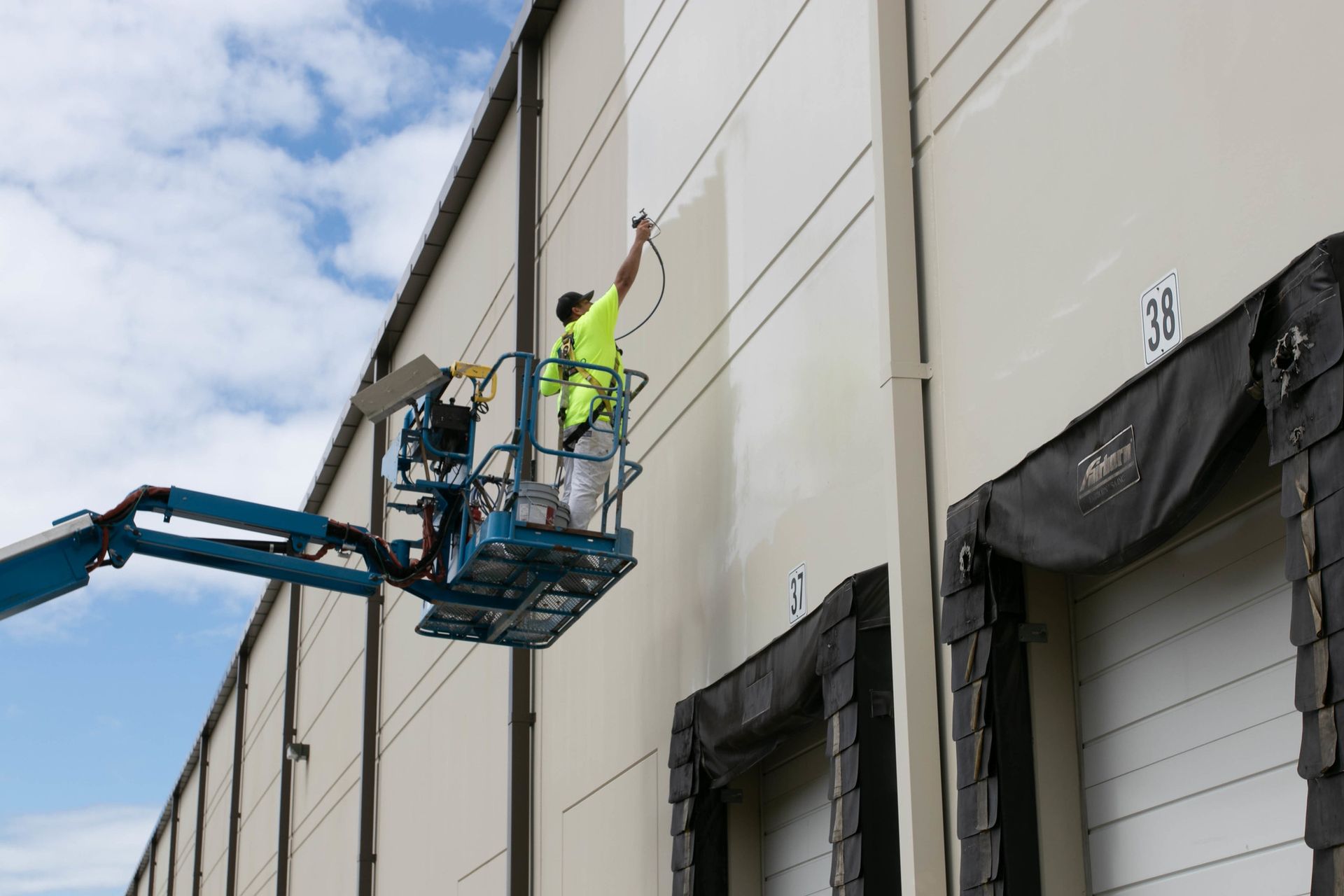
Humidity
Humidity may not be as noticeable a concern as rain or heat, but it can be just as detrimental to an exterior commercial painting project. High humidity levels introduce excess moisture into the air, which can interfere with the drying process in a few ways.
Challenges
Slower Drying Time
In humid conditions, the paint takes much longer to dry and cure, slowing the overall project timeline and possibly resulting in a less durable finish.
Mildew and Mold
Humid environments are more likely to experience the growth of mildew or mold, which can form underneath the paint. Not only does this affect the appearance of the paint job, but it also compromises the structural integrity of the building.
Adhesion Problems
Like rain, high humidity can prevent the paint from adhering correctly to the surface - this is especially true if the surface is porous and has absorbed moisture from the air.
Solutions
Monitor Humidity Levels
Professional painters should be aware of humidity levels before starting a project. The ideal humidity level for painting is typically below 50%, but anything over 70% can cause problems.
Dehumidifiers
Dehumidifiers can help reduce the moisture in the air in enclosed or semi-enclosed commercial spaces, allowing the paint to dry and adhere correctly.
Cold Weather
Cold weather presents a whole new set of challenges for exterior painting. Most paint formulas work optimally within a specific temperature range, usually between 50°F and 85°F. When the temperature drops below this range, several issues can arise:
Challenges
Thickening of Paint
Cold temperatures can cause paint to thicken, making it harder to apply smoothly, resulting in uneven coats, streaks, or clumping.
Extended Drying Time
Just as humidity slows down drying, cold weather also delays the paint's ability to cure. In some cases, the paint may not fully adhere to the surface, reducing its durability.
Frost and Dew
In colder months, frost and dew can settle on surfaces overnight. Painting on a frosty or wet surface can cause the paint to crack or peel once it dries.
Solutions
Check the Forecast
Painters should avoid painting in too cold of temperatures. They should only proceed if the temperature is above 50°F and there's no risk of frost for at least 24 hours.
Use Cold-Weather Paint
Some paints are specially formulated for use in colder temperatures, often as low as 35°F. These can be viable for commercial projects that must adhere to a strict schedule.
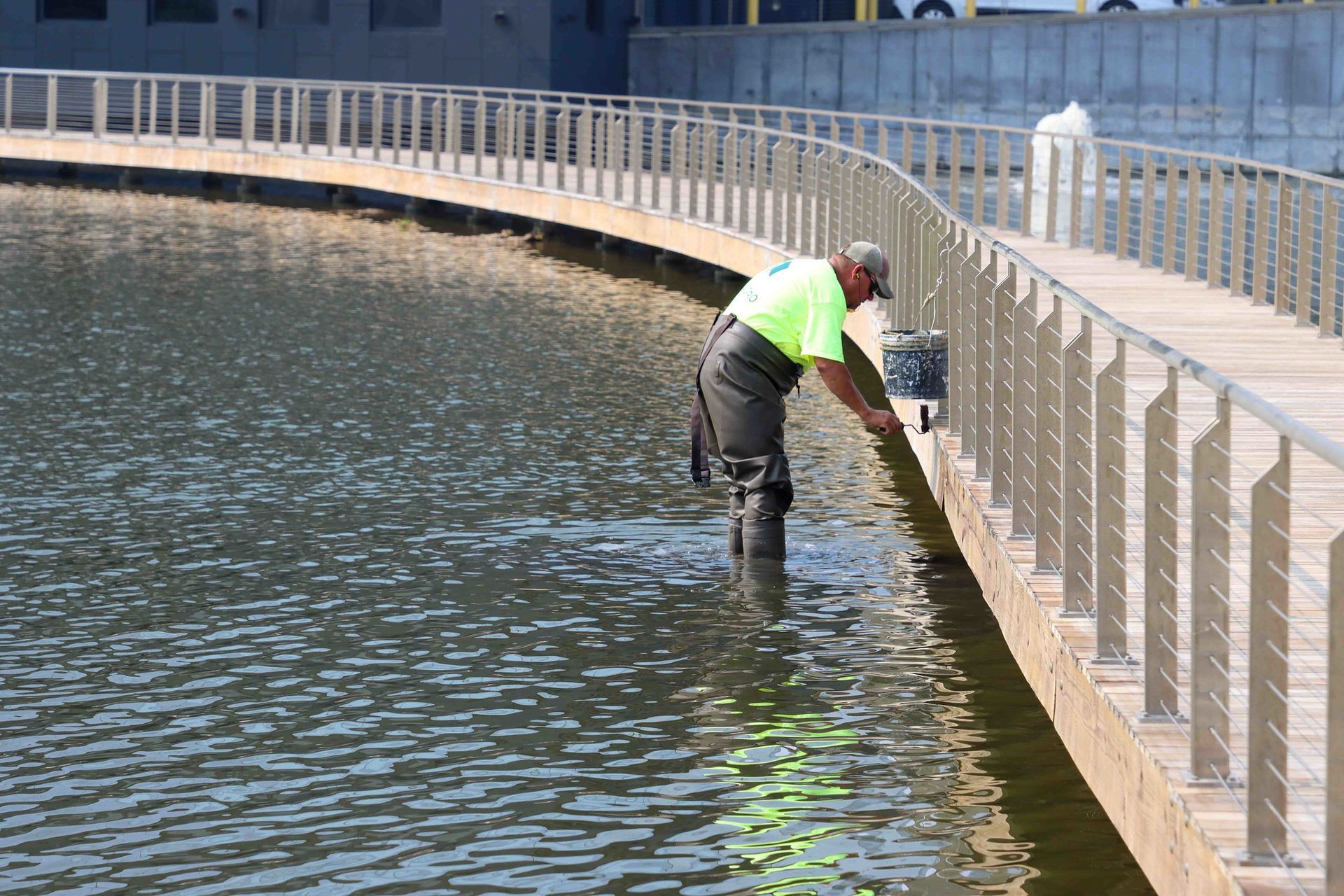
Connect with SmithPro Commercial Painting
Weather conditions play a crucial role in the success of exterior commercial painting projects. From rain to extreme heat, humidity, and cold, each weather element brings its own set of challenges.
For a flawless and durable finish, it is essential to plan around the weather and use the right materials and techniques to adapt to the conditions.
At SmithPro Commercial Painting, we're committed to helping businesses achieve their aesthetic goals and create spaces that leave a lasting impression on customers.
Contact us today to learn more about our professional painting services and how we can help bring your vision to life.


